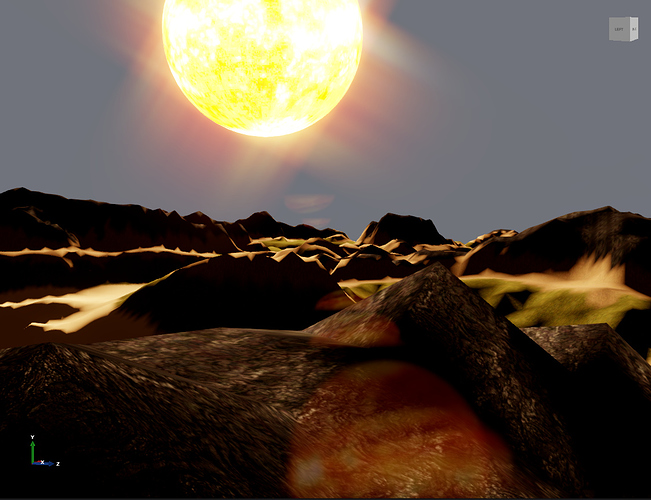Here is a quick example of a basic terrain system in Xenko. It uses height maps for geometry, and blend maps for texturing. I was not able to figure out how to get Xenko’s own lighting into the render feature for the terrain (xen2 mentioned it’s not possible yet). As a result, I’ve coded a fairly simple diffuse lighting that has decent end-results, with plans to try and add more types of lighting as time allows. Hopefully this helps anyone trying to create landscapes.
I’ll probably do a few enhancements to the demo over the next few weeks. Longer term, I am going to continue working on the techniques in this demo and will be turning it all into a full terrain system that I will publish. The type of terrain I am focusing on will be for open-world RPG style of terrains.
Here is a screenshot from the sample:



